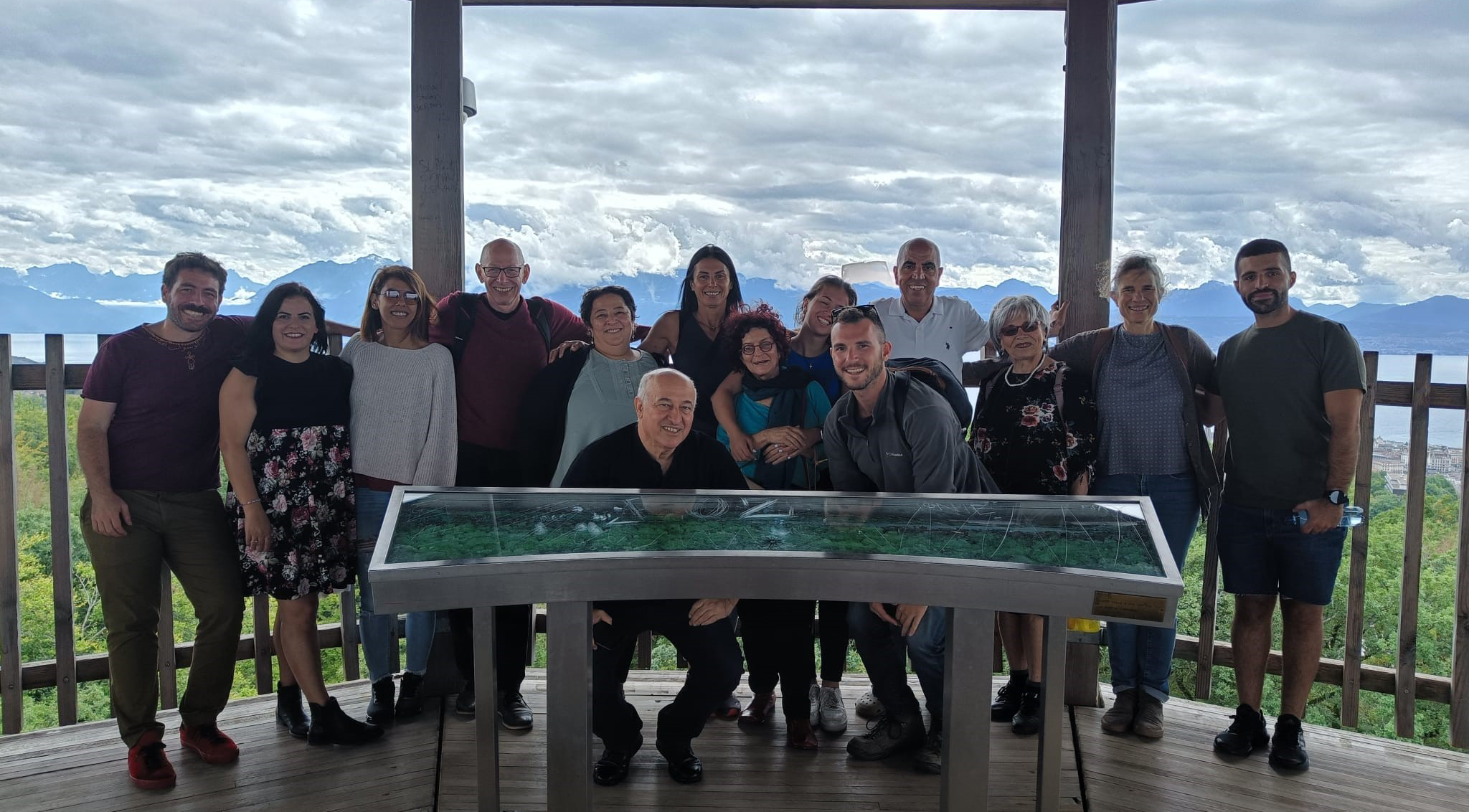The Israeli-Palestinian conflict is over 100 years old and has been defined by periods of violence and dehumanization, creating an atmosphere of fear and suspicion. One of the outcomes is the physical and psychological separation: Palestinians and Israeli Jews in Israel and Jerusalem live within a few kilometres of each other, but in separate communities, study in separate educational systems, and contacts are limited. It is all the more so in the occupied Palestinian territories and even worse in Gaza.
Israeli-Palestinian encounter groups are the only place where meaningful dialogue occurs, rehumanizing the other beyond power asymmetry, negative (media) narratives, political incitation, prejudices, and competitive victimhood. Such spaces at eye level are vital. They enable participants to evolve from delegitimization and ignorance (feeding indifference to the occupation and violence) to a more nuanced, complex vision. In the participants’ own words, it leads them to “find sanity and make sense of events,” acknowledging their interrelatedness. Dialogue is not an end but a tool for change at personal and structural levels. While dialogue cannot resolve a conflict without direct negotiation, peace is made between people, and no political actor will risk negotiating in the absence of supporting communities on both sides.
A long-term impact study of the Israeli-Palestinian dialogue has demonstrated that 75% of the participants stayed engaged one year after, 53% after three years and 17% will make peacebuilding their profession. Yet a 2019 estimate indicates that less than 2% of the Israeli population has participated in bi-national dialogue in one of 164 grassroots initiatives and that recruitment to encounter groups is becoming challenging. By comparison, in the Northern Ireland conflict, more than one-third of the population had participated in encounters organized by the 6’000 grassroots initiatives in the framework of an international fund over the 12 years preceding the Good Friday Agreement.
Thus, for a constituency for sustainable and lasting peace, many more need to engage in People to People (P2P) work in Israel and Palestine, led by qualified facilitators and funds to scale. Many active facilitators have significant practical experience, yet only an estimated 15-20% have received formal training. No overarching sectoral organization enables cross-fertilization, reflection, and the use of collective knowledge.
Therefore, starting with the facilitators of the 33 groups Coexistences has hosted since 2006 (who knew very little about each other and the other programs and approaches offered by the organization), Coexistences developed a two-year pilot program to create a virtuous circle of exchange and deepening conversations around issues practitioners face (such as trust, safe space, power asymmetry, external events, group work and dynamic). Seventeen practitioners from Israel, Jerusalem, and the West Bank, cumulating 100 years of practice, learned from each other and became a group during the first seminar in early September.
Two interest groups have formed and have met twice since their return, proving that the program meets a clear need. A program of local meetings will bridge into the second and last seminar planned in 2023, which the participants will design themselves.


